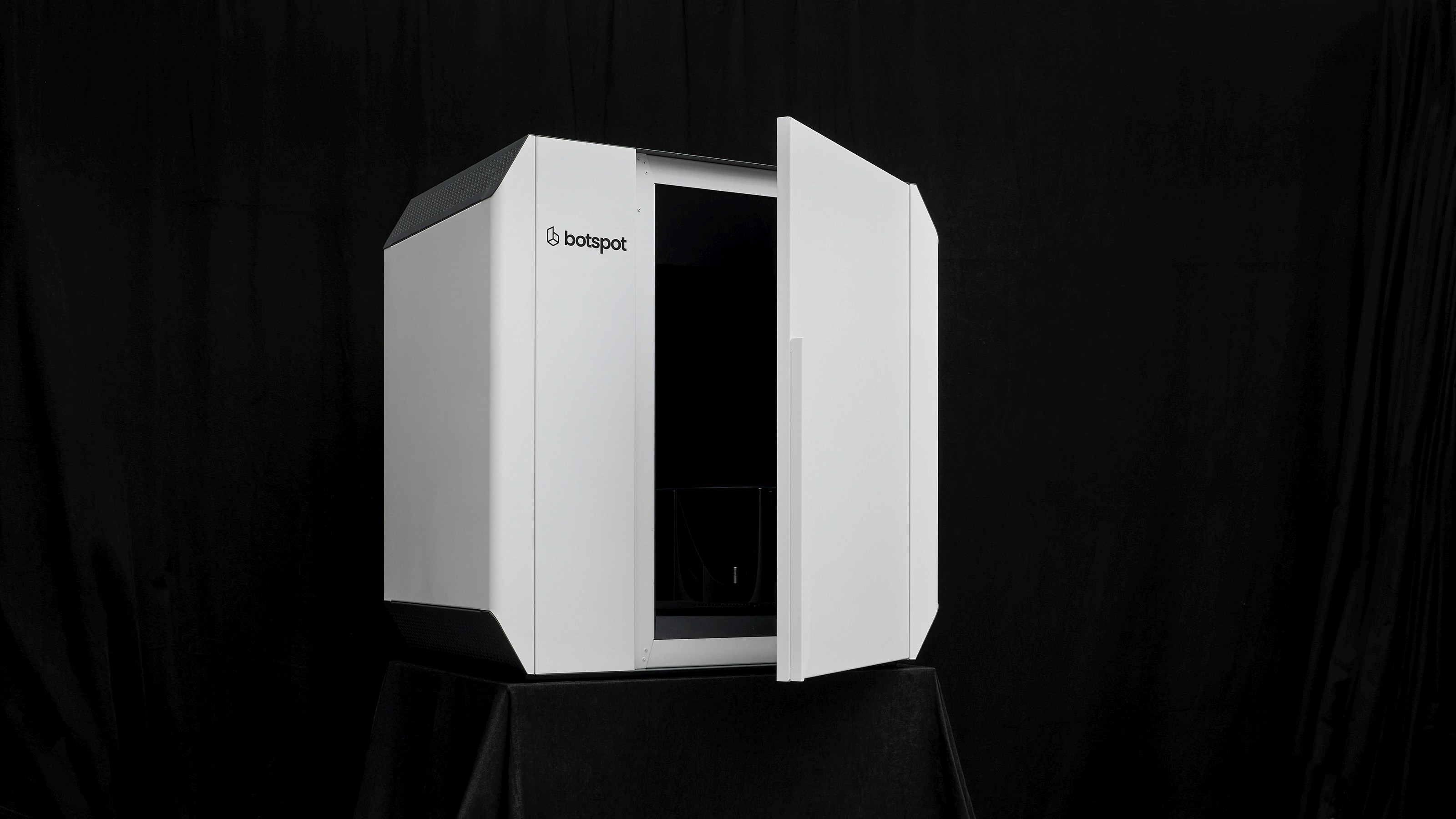360° Photography vs 3D Models
In the rapidly evolving digital landscape, two technologies stand out for their ability to capture and represent the world around us: 360° photography and 3D scanning. While both offer unique perspectives and applications, understanding their differences is crucial for businesses and tech enthusiasts alike.
For example, in the dynamic world of ecommerce, visuals play a pivotal role in customer engagement and sales. Retailers must first understand the essential differences between these two cutting-edge technologies if they want to enhance their digital presence.
What is 360° Photography?
360° photography, also known as panoramic imaging, involves capturing all angles of an object in a single, circular view. This method stitches multiple images together, creating an immersive, rotational view of the product.
Key features of 360° photography in e-commerce:
• Immersive Experience: Offers customers a complete, rotational view of the products.
• Ease of Implementation: Relatively easy to set up with the right equipment.
• User Interaction: Allows customers to rotate and view products from all sides.
What is 3D Scanning?
3D scanning creates a digital twin of an object by capturing its exact size, shape, and texture. This technology provides a detailed three-dimensional model that can be interactively explored online, as you can see in the model below.
Key features of 3D scanning in e-commerce
• Detailed Visualization: Produces accurate and detailed representations of products.
• Interactivity: Offers a more interactive experience, with options to zoom, rotate, and view the product in a virtual space.
• Versatility: Ideal for compley products and customizable items.
Applications in E-Commerce
Product Display
•360° Photography: Best for showcasing products where external details and overall look are essential, like clothing, accessories, and general merchandise.
3D Scanning: Ideal for items where structure, texture, and detailed features are important, like sneakers, fashion, electronic, gadgets, jewelry, or customizable.
User Engagement
• 360° Photography: Enhances user engagement by providing a comprehensive look at the product.
• 3D Scanning: Takes engagement a notch higher by allowing customers to interact with a virtual representation of the product, view it from all perspectives or even use it for AP applications such as virtual try-ons (VTOs).
Technological Investment
• 360° Photography: Requires a rotating camera setup and software for stitching images.
• 3D Scanning: Involves more advanced equipment like the Momentum or Studio Scanner, as well as software for creating and rendering 3D models like RealityCapture (which is also part of our workflow)
Conclusion
Both 360° photography and 3D scanning offer unique benefits for ecommerce. The choice between them depends on the nature of the products and the desired customer experience. While 360° photography is excellent for a quick, all-around view, 3D scanning provides an in-depth, interactive experience. By understanding and leveraging the right technology, ecommerce businesses can significantly enhance their online shopping experiences, leading to higher customer engagement and sales.









